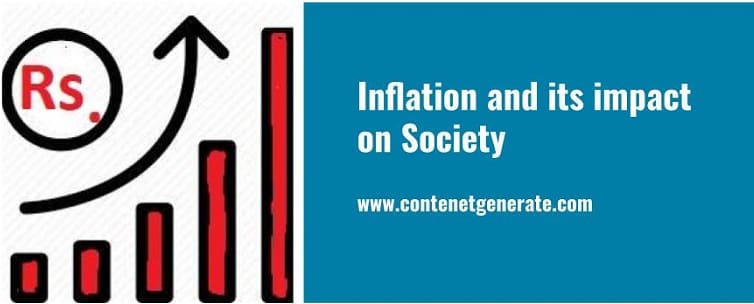Art – Definition and Importance
This article defines the term ‘art’ and discusses its importance in society with help of real-life examples.
Contents
What is art?
The question ‘What is art?‘ is a very contested topic as different scholars define it differently. In a general sense, the term ‘art’ can be defined as, “a communication of thoughts, observations, and feelings in a way that appears pleasant and arouses emotions, interest in the viewers and audience. This communication is performed through artworks that can be visual, auditory, and performed in nature.”
These artworks may require different materials, techniques, and forms which help to communicate the meaning the author intends. In other words, the artifacts visual, auditory, and performing, express the artists’ imaginative or technical skills. They arouse appreciation and emotions for the beauty and emotional power they carry.
What is the importance of art in society?
Art has immense importance in our everyday life. Following are the purposes that make arts an important part of our everyday life: utilitarian, decorative, therapeutic, communicative, and intellectual purposes.
The following is a discussion as to how art helps achieve these ends.
Utilitarian purposes
When we say arts have a utilitarian purpose it means they act as a source of income/employment for many people. According to estimates, 30 million people were related to the creative economy in the 2015 world over with an income of more than $2 trillion. This makes becomes 3 percent of the world’s total GDP. To give an example, the production companies associated with drama and advertisements employ hundreds of people and generate huge money by using art.
Decorative purposes
Decorative arts add aesthetic and design value to things we use in everyday life. They may be a source of income for many but for others, they are something aesthetically appealing. For example, the production of tiles of different designs may be a source of income for those related to ceramics but people use them at their homes, offices, etc. so that they appear beautiful and pleasant.
Therapeutic purposes
Different arts also act as a means of therapy for stress reduction, self-expression, etc. Art therapy can also act as an important instrument for self-expression and effective studying among students. A student can feel better and give vent to frustration by resorting to self-expression when he/she cannot share their problem with others thus using art as a coping mechanism.
Communicative purposes
According to scholars such as Martin Heidegger, art is a means by which a community develops for itself a medium for self-expression and interpretation. People may not all speak the same language, but they all understand the language of beauty, music, and poetry. Hence, art can act as a vehicle of communication of thoughts and emotions.
The thoughts and emotions that we want to convert can be spiritual, political, and philosophical in nature. Getting our ideas and feelings might not be possible at times can find their best expression through different artworks.
Moreover, by making use of different arts, e.g. portraits, sceneries, etc artists create a sense of beauty and explore the nature of perception.
Intellectual Purposes
For centuries artists have used fine arts to appeal to human intellect. Fine arts such as cartoons, portraits, etc. help people inquire into human conditions and stimulate them to experience a deeper understanding of life.
The catalyst for social change
Arts have acted as an agent to bring social change in society for ages. To fight corruption, nepotism, racism, sexism, the popular media, can be instrumental in creative writing. Similarly, music, movies, dramas can help mold the minds of youth against terrorism, crimes, and other social evils. Artists i.e. established writers, actors, etc. with a huge following can act as change agents on a global level. This is especially important during times of unrest and social instability.
In times of social crises like the countrywide protest against the rape of 7 seven-year girl, Zainab, from Qasur in Pakistan in 2017, the graffiti plastered on walls expressed grief and anger over her death. It also served as a reminder of the insecurity of children and failures of the judicial system.
Additionally, art can also help increase empathy towards others through the promotion of social inclusion, thus reducing social tension and discrimination. Similarly, art can act as an effective tool in protest against injustice. People will remember the imagery on play cards and banners, and the slogans associated with the protests longer than the protests themselves.
The exact details of a protest may fade away but the symbols, slogans, and imagery associated with the activism remain fresh in minds. Take for example the red ribbon that has come to symbolize the fight against HIV Aids.




